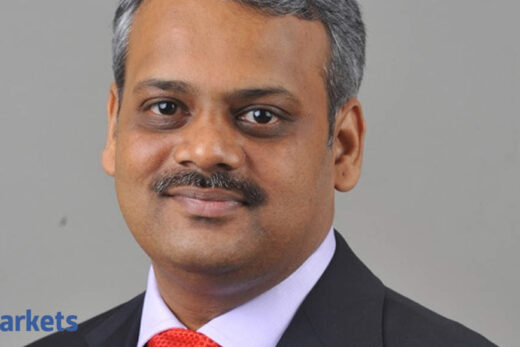Economists have drawn a parallel between the India of today and the US economy in the 50 years prior to the First World War, where a handful of companies such as Standard Oil, US Steel, and JP Morgan came to dominate key industries and accounted for nearly all of US economic prosperity.
Saurabh Mukherjea, the founder and chief investment officer of Marcellus Investment Manager, has argued that in India, the public should not confuse a large market share for monopolistic practice.
Over the course of the past decade and especially in the past five years, the Indian economy has gone through a massive consolidation that has resulted in the big companies getting bigger at the expense of the little guy.
Mukherjea himself has never shied away from stating that only a handful of companies account for close to 80 per cent of India’s profit pool, while 16 companies account for the majority of the wealth created in India over the last decade or two.
Regulatory changes such as the introduction of the goods and services tax and the ill-fated demonetisation drive in 2016 have helped accelerate the consolidation trend that had taken root in the years after the global financial crisis of 2008.
“Where monopoly capitalism becomes troublesome is when you have a situation where dominant players across sectors are joining forces and colluding, which hurts the consumer,” Mukherjea said at a TEDx event on Saturday. “To date, the CCI (Competition Commission of India) hasn’t been able to unearth material proof of this at any of the dominant companies.”
His argument on appraising whether a dominant player is abusing its market position rests on the classic consumer outcome approach to determining monopolistic practices. “As long as the consumer is getting an outcome, which is high-quality products at affordable prices, it is difficult for anyone to posit that consumer outcome has been compromised by monopoly capitalism,” Mukherjea argued.
The chief investment officer of Marcellus used Reliance Industries’ example to put his point across.
is the single-largest player in the country’s organised retail, telecommunications and petrochemical sectors. “If the company was doing naughty things or crony capitalism, I would expect to see supernormal profits in the finances, but I don’t see that,” Mukherjea said.
In RIL, Mukherjea sees a company where free cash flows are patchy and return on capital, at around 11 per cent, is not particularly impressive. RIL is notorious for not being a free cash flow machine like other dominant players — such as Asian Paints,
or Hindustan Unilever — as it reinvests nearly all of it in capital expenditure time and again. “(RIL is) great for the consumer, but it is not clear to me that shareholders and owners have exploited (their dominance). Both return on capital and free cash flow don’t point to an abuse of a dominant position,” Mukherjea argued.
The money manager said conglomerates in India do not have the ability to take on single-sector giants such as Asian Paints, HUL or Pidilite. “I doubt any single conglomerate in India will be among the top dozen wealth creators in the next decade or two,” he added.
Only time will tell whether India’s transition from crony capitalism of the 1990s and 2000s to monopoly capitalism of the current age will bear the economic fruits that East Asian Tigers such as South Korea have seen with chaebols.



